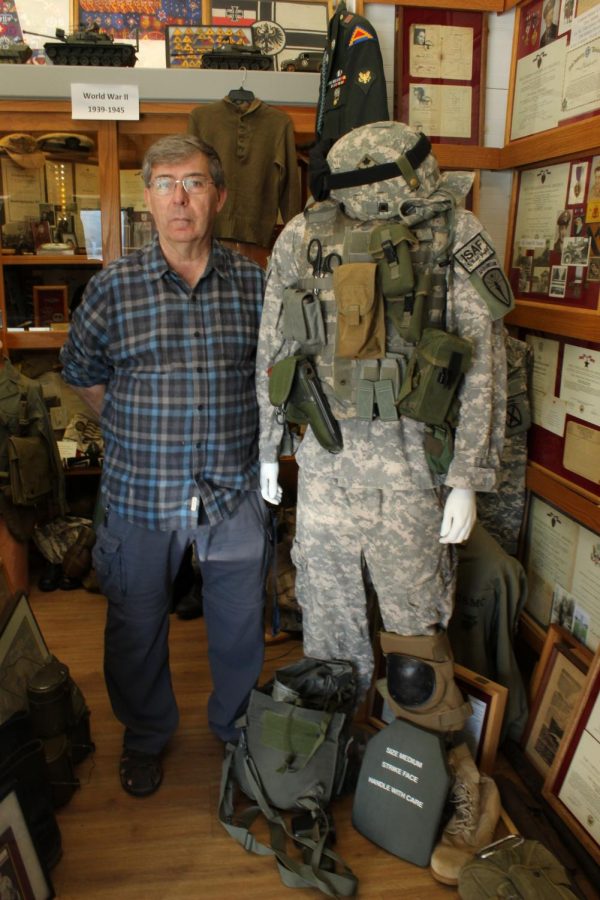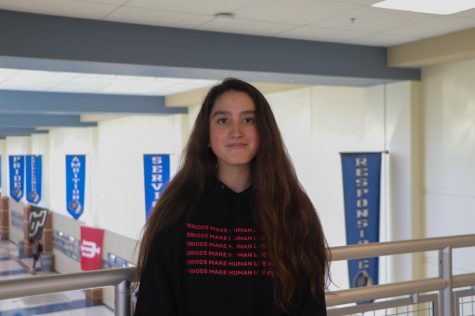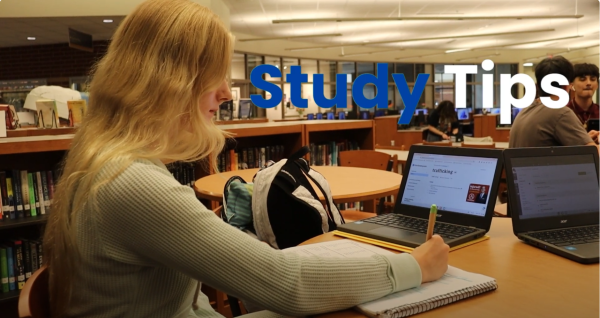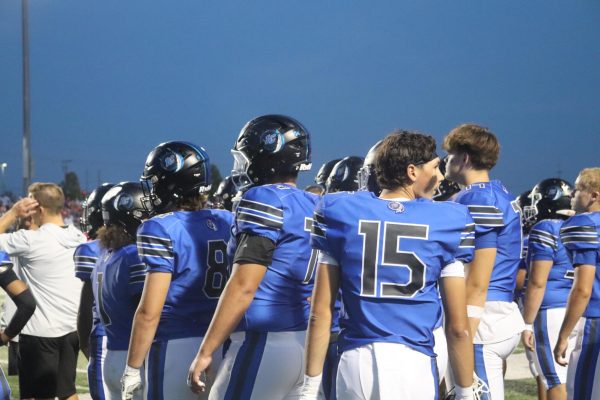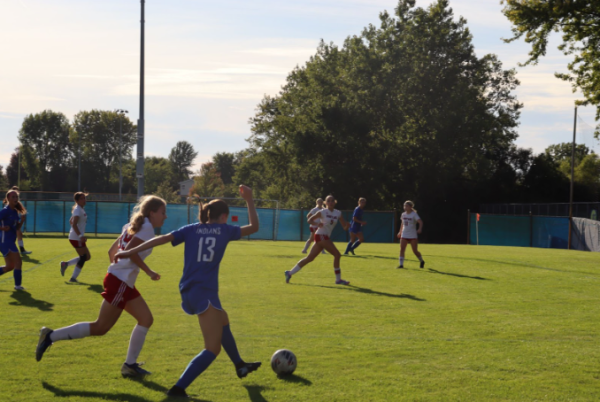The Veterans Museum
December 8, 2021
The Veterans Museum, located in the Schereville’s Safety Village, has been open since December of 2018. When the doors are open, the small museum houses hundreds of historical artifacts that range from the American Revolution, to the present day time.
“There is stuff in here, and it goes all the way from the American Revolution, to things that I brought back from Afghanistan. There’s things in here that others have brought in from Iraq and here, I’m having students go off to desert storm in 1991 and I had them come back in the classroom and speak, I have a lot of their uniforms and things like that and I got their pictures,” Thomas Clark, social studies, said.
Starting the Veterans Museum was not Clark’s idea, but ended up being built with the help of multiple teachers, those who are in charge of the Safety Village, and numerous students, with hopes of adding a larger building to the collection. With the help of so many, The Veterans Museum is now open to anyone who is interested in learning a little more about the nation’s history.
“ The people responsible for getting this done was Mr. Tomjanovich big time. Mr. William Javis, who’s in charge of the safety village here, and one of the school board members, Jannice Malchow. Then Louise Tallent, a retired teacher, and then a whole bunch of students, would fundraisers in order to enable us to get this building so that’s what I understand they are doing right now, their working on continuing to raise money so that we can make the new building,” Clark said.
One of Clark’s favorite collections in his museum are the letters sent from people who served in the wars to their families. The museum holds letters from The Civil War, World War I, World War II and from the Vietnam War giving readers a first person perspective of what was going through the minds of these brave veterans such as: prisoners of war, a female nurse from WWII, Pilots, combat medics, corporals and those who were killed in action writing to their wives, girlfriends, parents and other loved ones. A student created a website that houses scanned versions of these letters for the public to view.
“The best thing here are the letters because the letters reveal what they were thinking. The letters are incredible, they’re gold. I just love sitting down and just reading. But you see how letters change, like Civil War letters, I see them but I don’t see them being censored and I have very few Civil War letters. WWI, I have more letters, in fact, I just got a group of about 60 to 70 letters and they talk about the adventure of going to France and the food and things like that. World War II letters, we start to see the letters censored, where they actually cut out parts in case they fell into enemy hands. Vietnam, I don’t see a lot of censoring on those letters, though they were censoring letters and then you get to when I was in Afghanistan We didn’t write letters back and forth, we emailed. I often thought about that, man, we were telling everything. Once and a while I’ll run across a set of letters where they are very graphic,” Clark said.
While walking through the museum, viewing the historical artifacts or reading the personal perspectives of the fighting service members from their unforgettable letters, Clark hopes for students to gain perspective on the sacrifice made by the country’s veterans.
“The thing I think is the most important that they’ll learn from this is to see the sacrifice that Americans have made for what we have, the freedom we have. There’s a lot of things in this museum that just scream sacrifice. A lot of the stuff we have in here is of stuff of men and women that died in service of this country to protect this country and protect the freedoms that we have,” Clark said.



